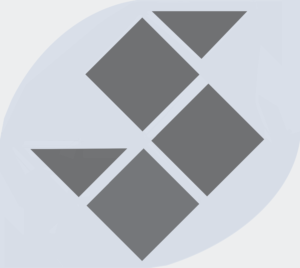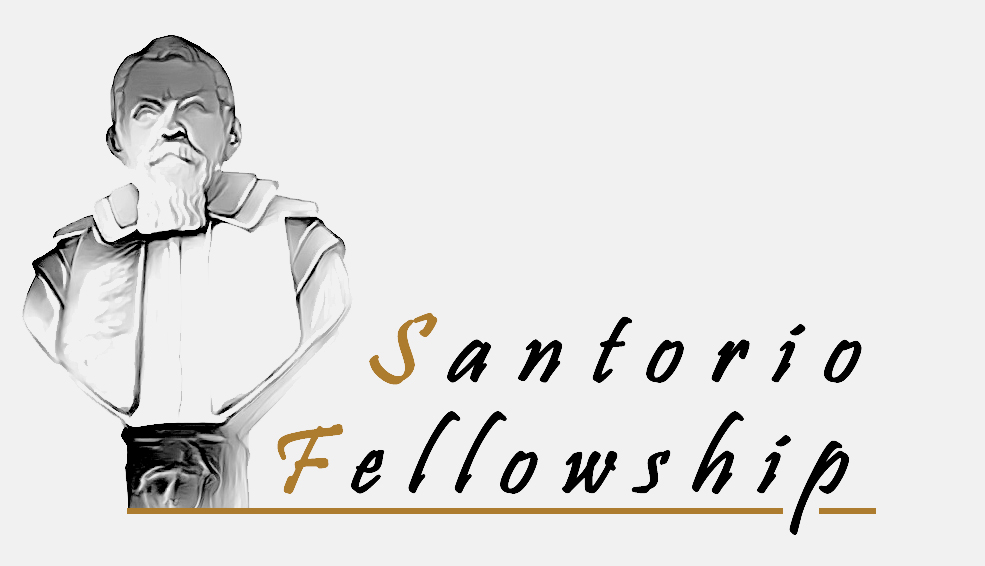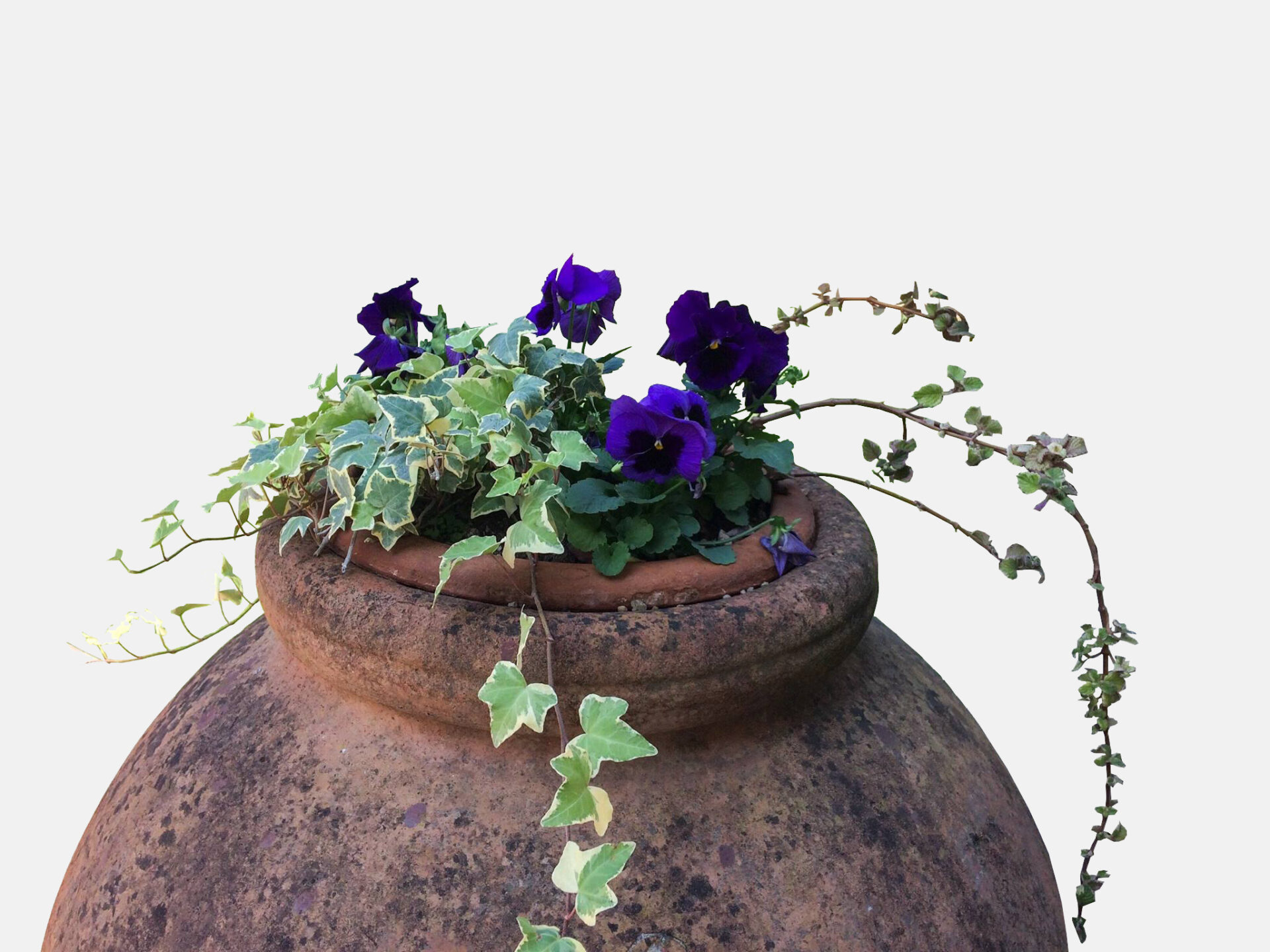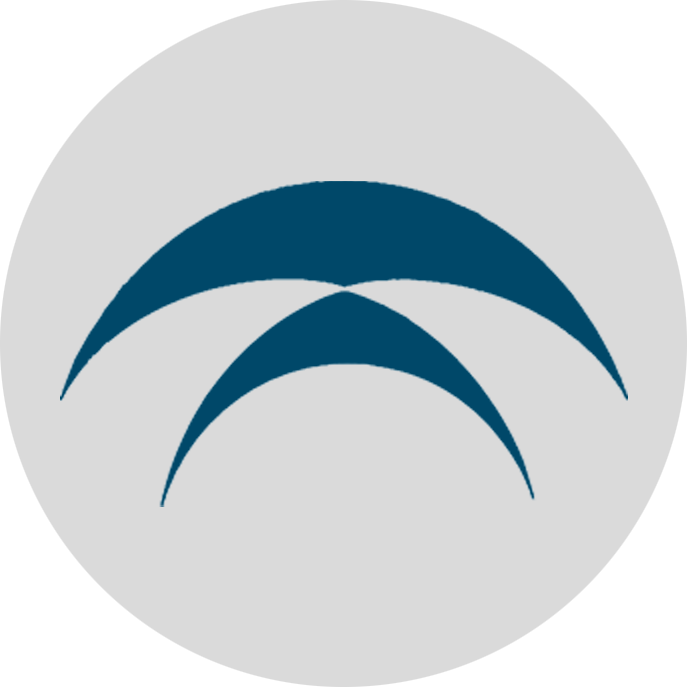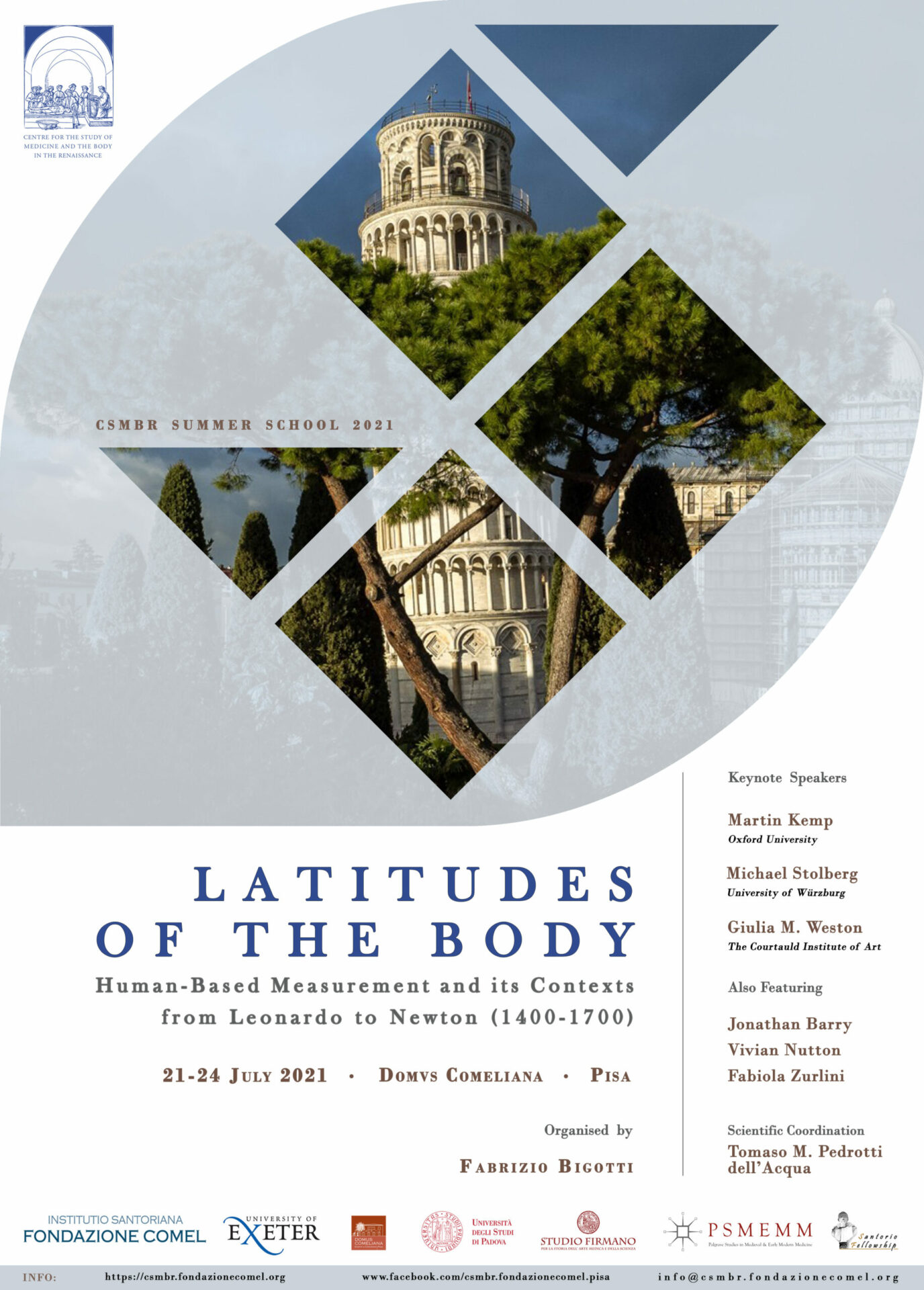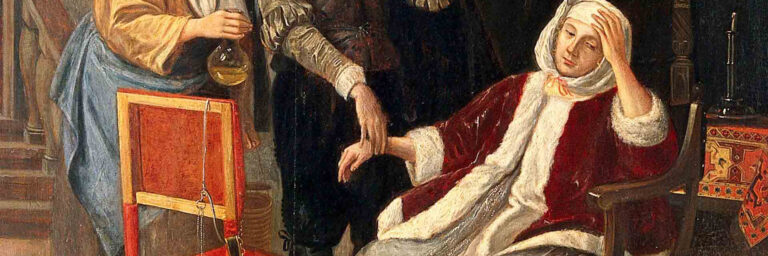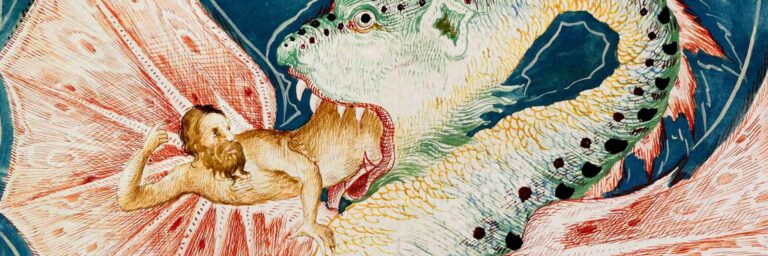Latitudes of the Body
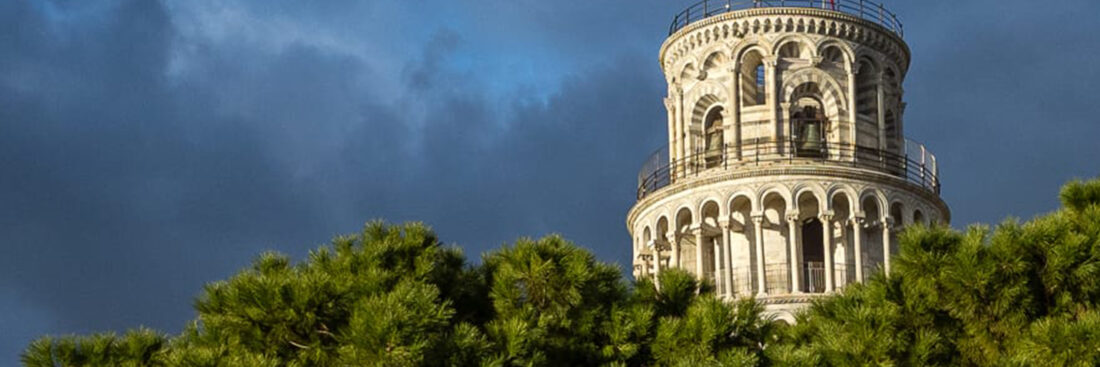
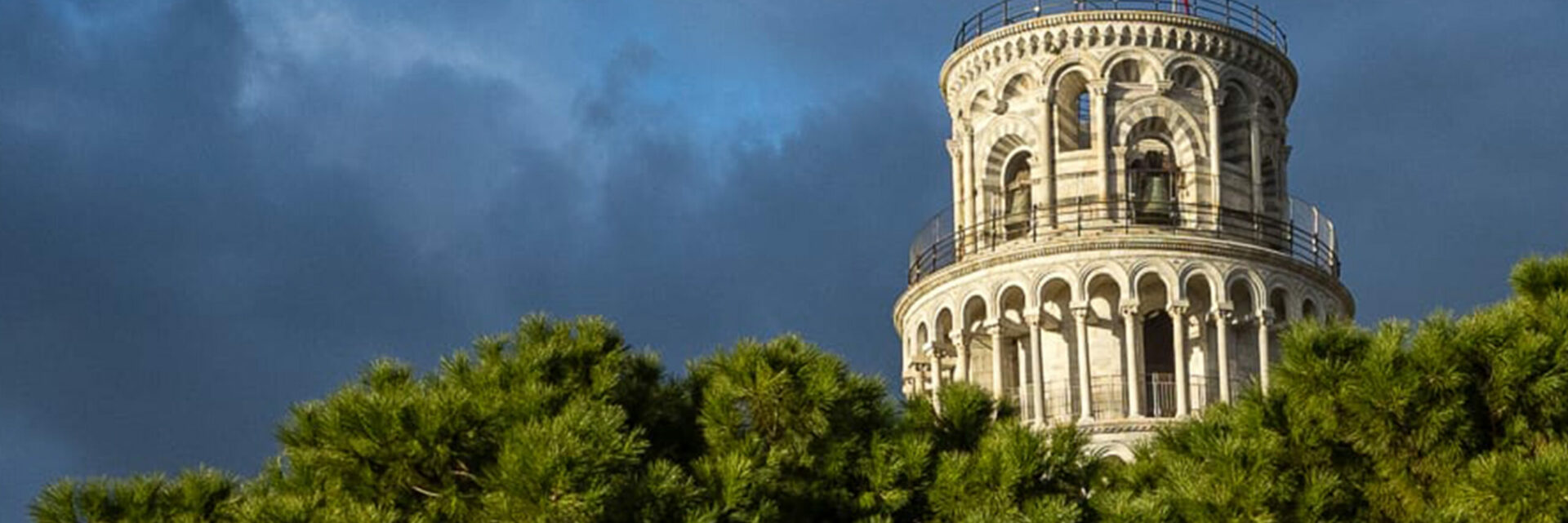
CSMBR Summer Schools
Latitudes of the Body
Human-Based Measurement and Its Contexts from Leonardo to Newton
21-24 July 2021
Organised by
Fabrizio Bigotti
Keynote Speakers
Francesca Antonelli
Andreas Blank, Martin Kemp
Silvia Parigi, Michael Stolberg
Alain Touwaide, Giulia M. Weston
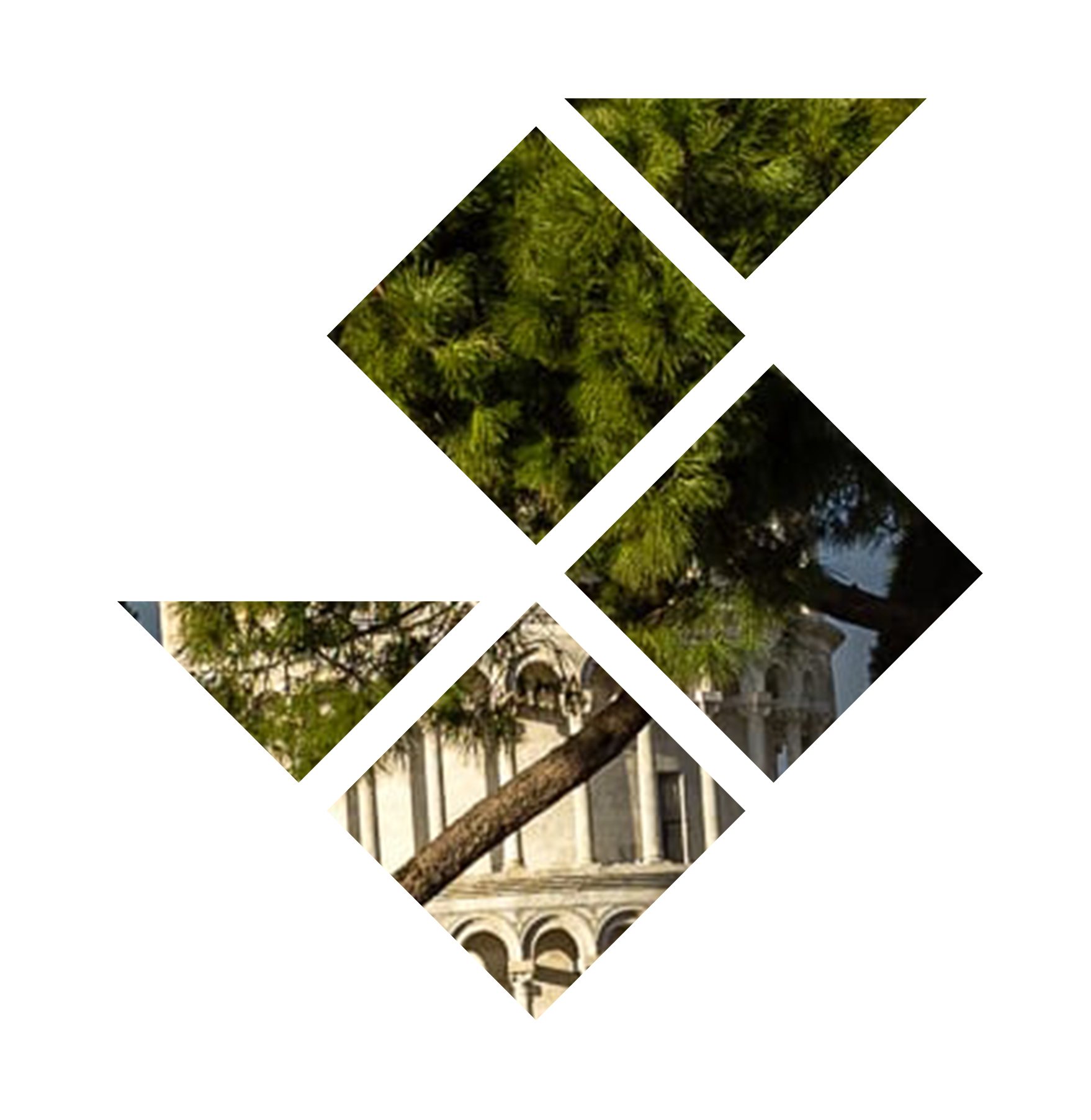
Click to download the poster
Summer School Themes
![]()
The Body as a Canon and its Proportions
![]()
The Body as a Unit of Measurement: Place, Space, and Orientation
![]()
The Body as Unit of Value: Quality and Price
Programme
Click to download the programme
Santorio Fellowship
The Summer School runs in association with the Santorio Fellowship scheme.
For info check Grants.
Special Offers
10% off on Early Bird Registrations for members of our Facebook Community.
Offer ends on 14 March 2021
The Summer School will explore theories, applications, problems, and contexts of human-based measurements across the late medieval and early modern period (c.1400-1700). It builds upon four strictly related questions:
-
-
-
- How was it like experiencing the world before the advent of universally standardised measurement?
-
-
-
-
-
- What role did the human body, its limbs and the five senses play in defining spaces, distances, values, lists of objects, schemes and prices?
-
-
-
-
-
- How were systems of human-based measurement affected by the advent of early modern technology?
-
-
-
-
-
- To what extent can we replace human-based and value-laden measurement with technology-based parameters?
-
-
These questions will be addressed both in presentations and roundtables by focusing on three main themes, namely:
-
-
-
- the Body as a Canon and its Proportions
- the Body as a Unit of Measurement: Place, Space, and Orientation
- the Body as a Unit of Value: Quality and Price
-
-
Under each headline speakers will be discussing how the three-dimensionality of the body and its limbs affected theories of proportion (Galen, Leonardo, Dürer, Vesalius, Valverde, Palladio, etc.) as well as the shaping of architectural and urban spaces in normal and pathological conditions (e.g. homes, temples, hospices, pharmacies, hospitals and areas of confinement); the methods and orders of dissection and their impact on learned representations of the body (Berengario da Carpi, Charles Estienne, Bassiano Landi, Vesalius, Van Spiegel, Acquapendente, Willis, Boerhaave, etc.).
Particular attention will be devoted to the five senses and to the way the sense of taste defined values of quality/purity and, accordingly, prices of foodstuff on the market (drugs, spices, etc.), how the mapping of colors and shades helped classifying substances (uroscopy, classification of mixtures); how the anatomy of the eye was related to the definition of “visual space” in the perception of external objects, the development of acoustics and harmonics in relation to the anatomy of the ear as well as, more generally, how philosophical theories of natural space (locus) and spatial orientation developed side by side with an analysis of sense-perception. Special emphasis shall also be laid on how units of measure in terms of inches, palms, fathoms, and feet were relevant in the making of maps, astronomical observations and diagrams of latitude as well as on the relation between heartbeat and time, in medicine as well as in music.
While strongly rooted in the CSMBR intellectual history tradition, the summer school will present and discuss a variety of verbal and non-verbal sources (e.g. manuscripts, images, music pieces, and artefacts) in a multidisciplinary approach that aims at attracting and welcoming scholars with different backgrounds, interests and expertise.
Articulation
The summer school spans four days, articulated as 3+1, namely three days of lectures plus a final day entirely dedicated to roundtables and to the discussion of presentations from attendees (see below).
To these, two workshops are added: the former (late morning) shall focus on reading and interpreting manuscript sources relevant to the visualisation of the body (Stolberg), the latter (late afternoon) will be devoted to hands-on experimentation with replicas of early modern instruments (esp. Santorio’s pulsilogium).
To engage fully with the speakers during this four-day experience, attendees are strongly invited to elaborate their own contributions on the topics discussed, either in the form of PowerPoint presentations and/or as short papers (max. 5 min). These will be followed by thematic roundtables focusing on the analysis of non-verbal sources, including relevant artefacts, images, videos, and music tracks. Roundtables’ topics can also be proposed by the attendees upon reaching an agreement amongst not less than 3 people interested.
For organizational reasons, only two such round tables can be proposed and must be communicated to the panel at least 3 weeks prior to the official beginning of the Summer School.

Dates: 21-24 July
Format: Online
Early Bird Deadline: 31 March
Regular Deadline: 20 July
Santorio Fellowship Deadline: 15 April
Queries
Registration Fees
€ 190 = Early Bird
€ 240 = Regular
Special Offers
10% Online Community Discount
Check Out
Credits
Scientific Direction:
Fabrizio Bigotti
General Coordination:
Tomaso M. Pedrotti Dell’Acqua

